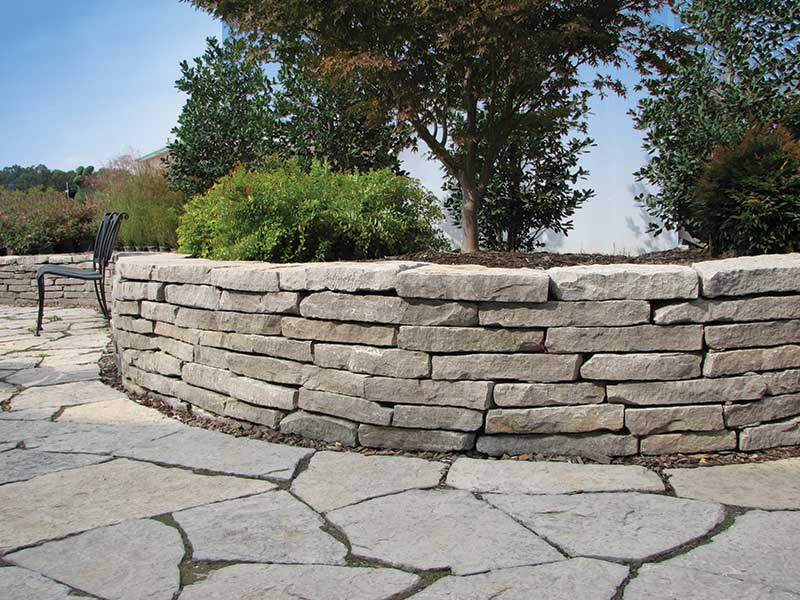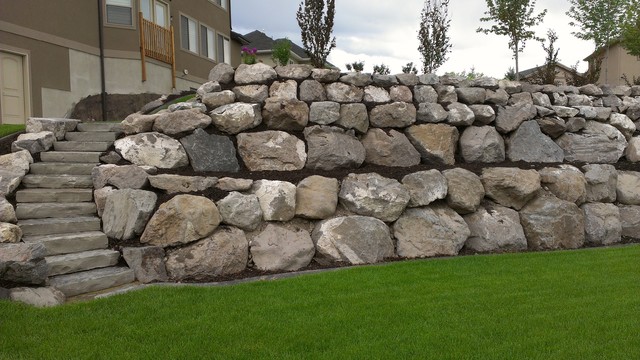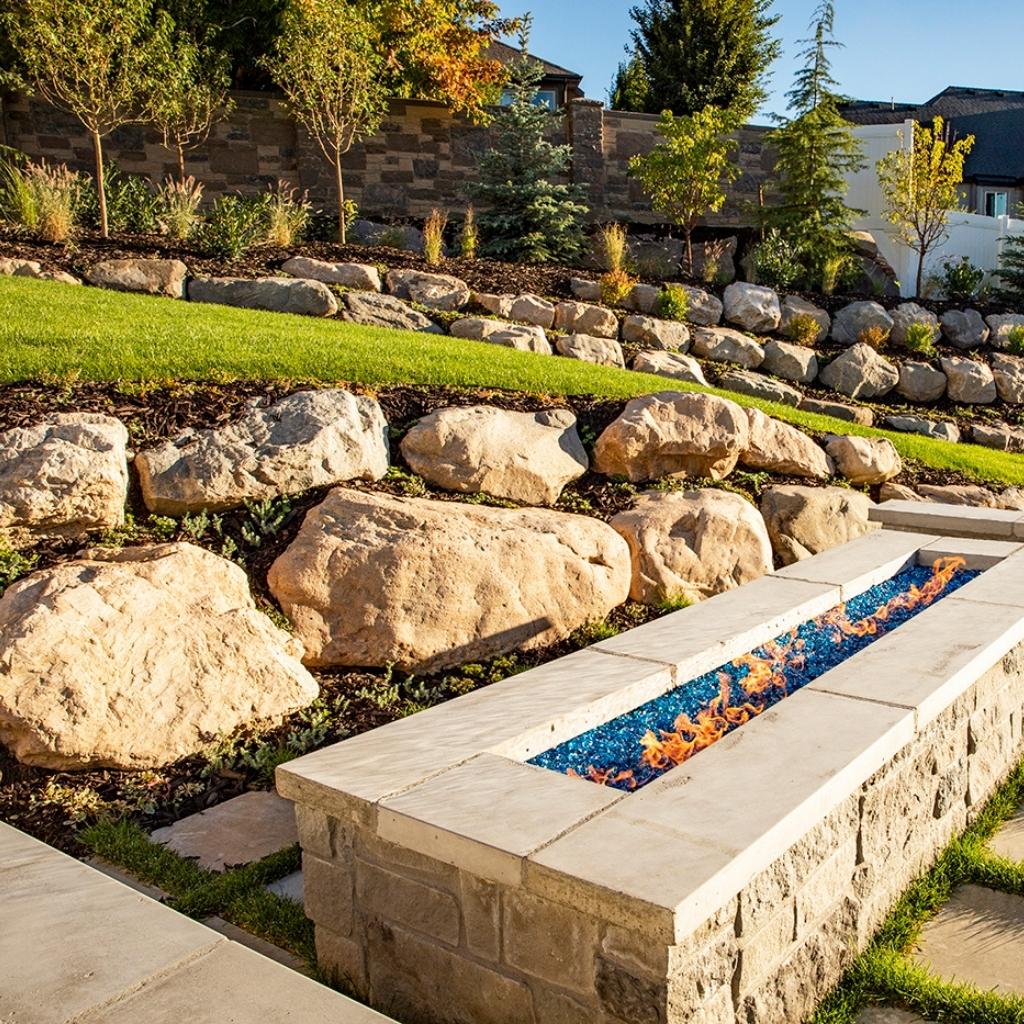When it comes to home décor, few elements provide the same level of natural beauty and durability as decorative rock for walls. Whether you’re looking to redesign your living room, enhance your outdoor space, or create a stunning accent wall, decorative rocks can add a touch of elegance and sophistication. With years of experience in interior and exterior design, I’ve seen the remarkable transformation that decorative rocks can bring to any space. In this comprehensive guide, we’ll explore everything you need to know about decorative rock for walls—from the types available to installation tips and design considerations.
The Beauty and Versatility of Decorative Rock
Decorative rock or stone veneers have gained popularity because they are striking and sustainable. They’re suitable for various applications, both indoors and outdoors. Let’s delve into why you should consider using decorative rock for your walls.
Benefits of Using Decorative Rock for Walls
- Durability: Rock walls are resistant to weather and aging.
- Natural Aesthetic: They provide a rustic, timeless appeal.
- Low Maintenance: Unlike paint, decorative rocks require minimal upkeep.
- Insulation: Stone walls can help regulate indoor temperatures.
- Versatile Design: Available in various colors, shapes, and sizes to match any style.

Types of Decorative Rock for Walls
There are several types of decorative rocks you can choose from, each offering unique features and aesthetic qualities:

1. Natural Stone Veneer
Natural stone veneer is cut from real stones and offers an authentic, rugged look. It’s perfect for creating a cozy, rustic atmosphere.
2. Cultured Stone
Cultured stone is a manufactured product made to mimic natural stone. It’s lighter and often more affordable, which makes it a popular choice for homeowners.

3. River Rock
River rocks are smooth and rounded, adding a unique texture to walls. They are great for a more natural, organic look.
4. Slate Tiles
Slate tiles come in various colors and textures, adding depth and interest to your walls. They are ideal for modern and contemporary designs.

5. Pebble Stone
Pebble stone sheets can create visually striking patterns and are often used in showers and garden walls.
Choosing the Right Decorative Rock for Your Walls

Selecting the right type of decorative rock involves considering several factors, including style, functionality, and budget. Here’s a breakdown:
Style Considerations
Determine the overall aesthetic you want to achieve in your space. Are you leaning toward a rustic cabin vibe or a sleek modern look? Your choice of rock will significantly influence the final appearance.

Functionality
Consider where the decorative rock will be placed. For example, heavier natural stone veneers are better suited for outdoor use, while cultured stone may be a better option for interior accent walls.
Budget
Costs can vary widely based on the type of stone and the complexity of the installation. Compare prices and quality before deciding.

Installation Process for Decorative Rock Walls
Installing decorative rock can vary in complexity depending on the type of stone and where it’s being installed. Below is a step-by-step guide to help you through the process.
Tools and Materials Needed
- Decorative rocks (type of choice)
- Masonry adhesive or mortar
- Level
- Rubber mallet
- Grout (if needed)
- Tile saw or chisel
- Safety gear (gloves, goggles)
Step-by-Step Installation Guide
- Preparation: Clean the wall surface thoroughly to ensure proper adhesion.
- Layout Planning: Dry-fit the stones on the wall to visualize the final layout.
- Applying Adhesive: Use the masonry adhesive to apply stones to the wall. Start from the bottom and work your way up.
- Leveling: Ensure each stone is level; use a rubber mallet to adjust as necessary.
- Finishing Touches: Grout between stones if required and clean excess adhesive from the surface.
- Curing: Allow sufficient time for the adhesive to cure before allowing any pressure on the stones.
Maintenance Tips for Decorative Rock Walls
While decorative rock walls are generally low maintenance, some care will ensure they retain their beauty over time.
Cleaning
Use a soft brush and mild soap solution to remove dirt and debris. Avoid harsh chemicals that can damage the stone’s finish.
Regular Inspection
Regularly inspect the wall for any loose stones or cracks. Addressing these issues early can prevent larger repairs later.
Re-sealing
Some stones may benefit from a sealant to protect against moisture and staining, particularly in areas prone to weather exposure.
Design Ideas with Decorative Rock for Walls
Here are some creative ideas to inspire your decorative rock wall project:
Accent Walls in Living Rooms
Creating an accent wall with decorative rocks can become the focal point of your living space. Choosing warmer-toned stones can enhance the coziness of your room.
Outdoor Patios and Gardens
Using decorative rock in outdoor settings can elevate the space drastically. Imagine a tranquil garden area with a stone feature wall that complements the greenery.
Kitchen Backsplashes
A pebble stone backsplash in your kitchen can provide a unique aesthetic while being easy to clean—a functional and attractive choice.
Bathrooms
In bathrooms, using slate tiles or river rocks can create a spa-like environment that enhances relaxation.
Comparison Table: Natural vs. Cultured Stone
| Feature | Natural Stone | Cultured Stone |
|---|---|---|
| Cost | Higher | Lower |
| Weight | Heavier | Lighter |
| Authenticity | 100% natural | Man-made |
| Maintenance | May require sealing | Low maintenance |
| Installation | More complex | Simpler |
Pros and Cons of Decorative Rock Walls
Pros
- Durability and longevity
- Natural beauty
- Minimal maintenance
- Insulation properties
- Wide variety of styles
Cons
- Initial cost can be high
- Installation can be labor-intensive
- Weight can be an issue in some structures
Frequently Asked Questions (FAQs)
What are the best types of decorative rocks for indoor walls?
Natural stone veneer and cultured stone are ideal for indoor walls due to their aesthetic appeal and lighter weight.
How do I choose colors for decorative rock walls?
Consider your existing décor, lighting, and the mood you want to create. Earthy tones often promote warmth, while cooler colors can create a more modern feel.
Can decorative rocks be used in wet areas like bathrooms?
Yes, but it’s crucial to choose moisture-resistant options like slate tiles or sealed natural stone to prevent mold growth.
How do I clean my decorative rock wall?
Use a soft brush with a mild soap solution and avoid abrasive materials that may damage the surface.
Is it possible to install decorative rock walls myself?
While DIY installation is possible, it requires a good understanding of masonry work. Hiring a professional can ensure the job is done correctly.
Conclusion
Decorative rock for walls is an excellent way to enhance your space with elegance and durability. Whether you choose natural stone for its authenticity or cultured stone for its affordability, there’s a style suited for every taste and budget. With the right installation techniques and maintenance, your rock walls can stand the test of time, bringing timeless beauty to your home. I hope this guide has inspired you to consider decorative rock for your next project. Happy decorating!